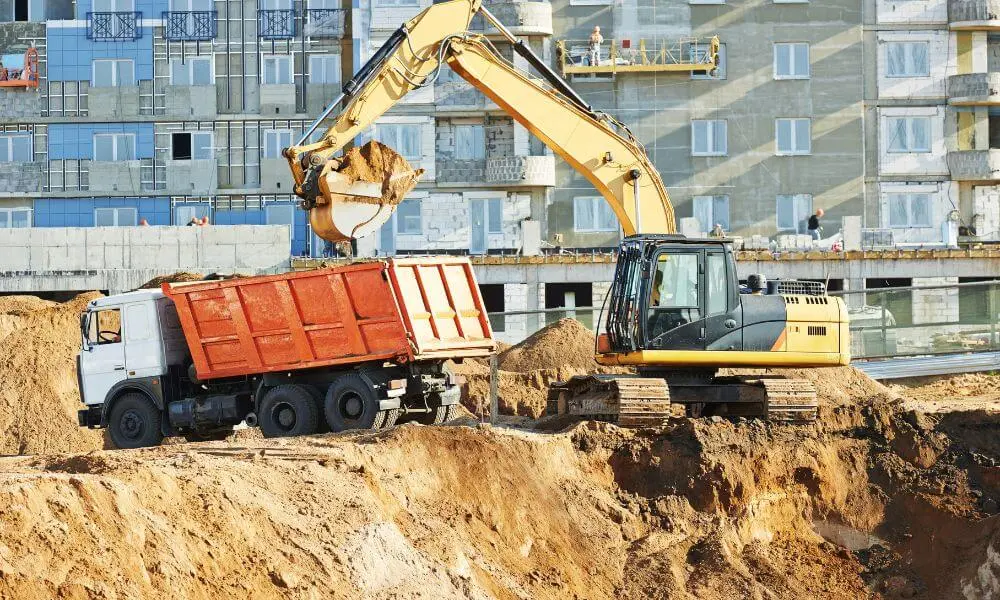In the world of construction and civil engineering, there are various types of excavation that serve different purposes and requirements. From trench excavation for pipeline installation to basement excavation for constructing residential buildings, each type requires specialized techniques and equipment to ensure a successful outcome. This article explores the different types of excavation, including strip excavation, topsoil excavation, rock excavation, and slope excavation, shedding light on their distinctive characteristics and applications. So whether you are a seasoned professional or simply curious about the intricacies of excavation, this comprehensive guide will provide valuable insights into the various types and their significance in the construction industry.
Types of Excavation
Excavation is a critical process in construction and civil engineering projects that involves removing earth or rocks from a specific area to create space for structures or utilities. There are several types of excavation techniques commonly used, each serving different purposes depending on the project requirements. Understanding these various methods is essential for successfully completing any excavation project. In this article, we will explore the different types of excavation and their specific applications.
Trench Excavation
Trench excavation is one of the most commonly used types of excavation. As the name suggests, it involves digging long and narrow trenches in the ground. Trenches are typically deeper than they are wide, and their primary function is to install or repair underground utilities such as pipelines, cables, or drainage systems. Trench excavation provides workers with easy access to perform necessary maintenance or installations. The depth and width of the trench depend on the specific utility being installed and the soil conditions.
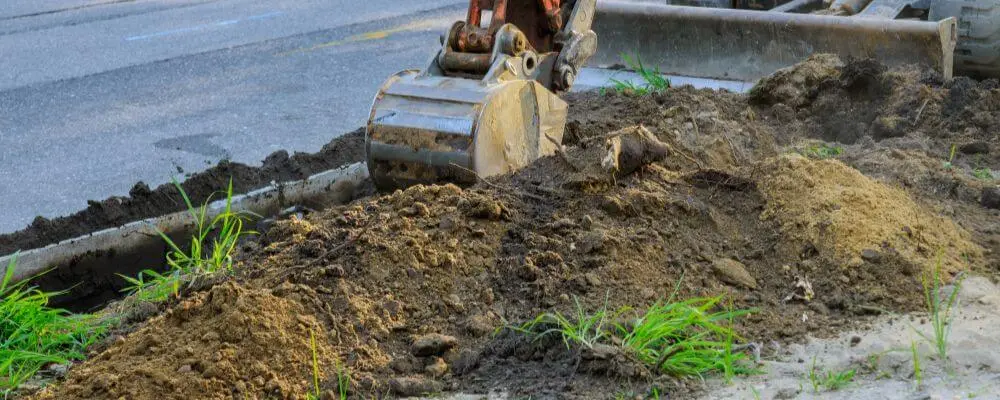
Basement Excavation
Basement excavation is a type of excavation that involves creating space beneath a building to construct a basement level. This technique is commonly used in urban areas where land is limited, and constructing upward is not feasible. Basement excavations are typically deeper than trench excavations and require more extensive planning and engineering. The excavation process involves removing soil and rocks to create a stable foundation for the building. Basement excavations are essential for residential, commercial, and industrial structures, providing additional space for storage, utilities, or living areas.
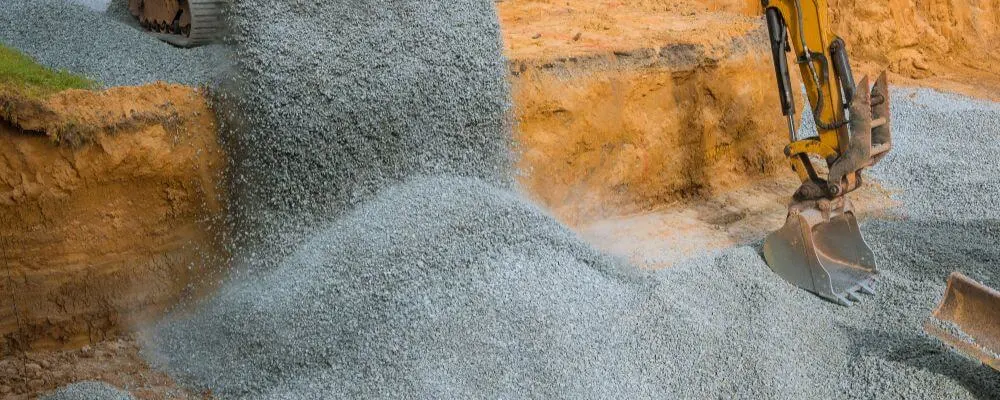
Cut Excavation
Cut excavation, also known as open excavation, involves the removal of soil or rock to create a depression or a leveled area for construction purposes. In this type of excavation, the excavated materials are not reused but are moved to another location or disposed of. Cut excavations are commonly used in road construction projects, where the terrain needs to be modified to create a level surface for the road. The depth and extent of the cut excavation depend on the road design and the slope of the existing terrain.
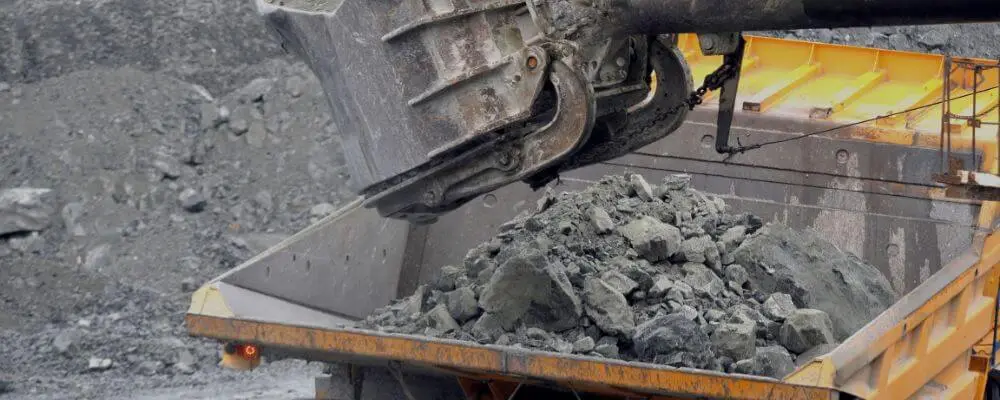
Channel Excavation
Channel excavation refers to the excavation of channels or waterways for various purposes. This type of excavation is commonly seen in hydraulic or water-related projects, such as the construction or maintenance of canals, rivers, or drainage systems. The excavation process involves the removal of soil or other materials to create a passage for water flow. Channel excavations require careful planning to ensure proper slope and dimensions for efficient water movement.
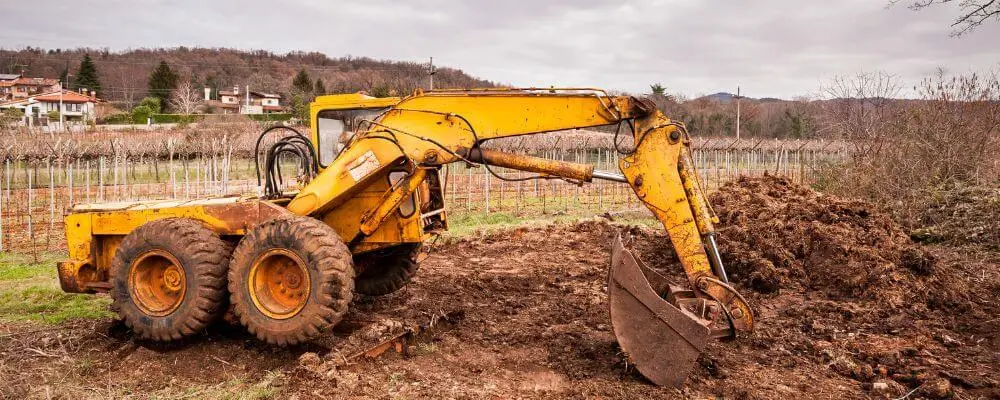
Dredging Excavation
Dredging excavation is a specialized type of excavation that involves removing sediment, silt, or debris from bodies of water such as rivers, lakes, or harbors. The primary purpose of dredging is to deepen the waterway or maintain its navigability. Dredging is often necessary to accommodate larger vessels or to prevent the accumulation of sediment that can hinder water flow. This type of excavation typically utilizes specialized equipment, including dredgers and suction pumps, to remove and transport the excavated materials.
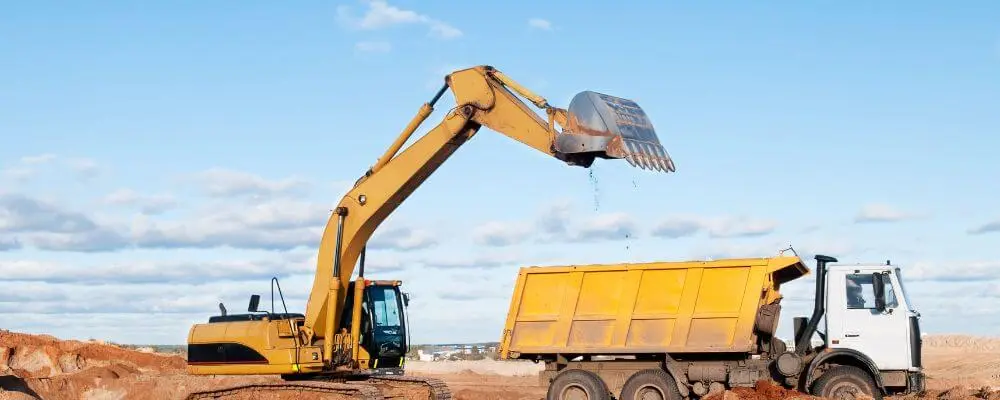
Earthwork Excavation
Earthwork excavation is a broad category of excavation that involves the movement or manipulation of large quantities of soil or earth materials. This type of excavation is often associated with land development projects, road construction, or creating building pads. Earthwork excavation may include cut and fill operations, where soil is removed from one area (cut) and placed in another area (fill) to shape the desired grade or elevation. Earthwork excavation requires careful analysis of soil composition, slope stability, and compaction to ensure the safety and integrity of the constructed structures.
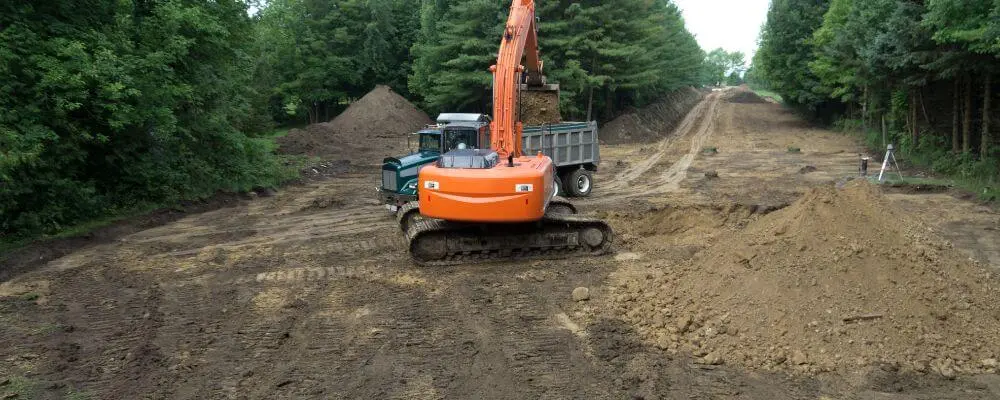
Rock Excavation
Rock excavation refers to the process of removing solid rock formations from the ground. This type of excavation is typically more challenging and requires specialized techniques and equipment to effectively break and remove the rock. Rock excavation is commonly encountered in projects such as tunnel construction, quarrying, or mining. Heavy machinery, such as hydraulic breakers or explosives, may be used to fracture the rock, while loaders or trucks transport the excavated materials.
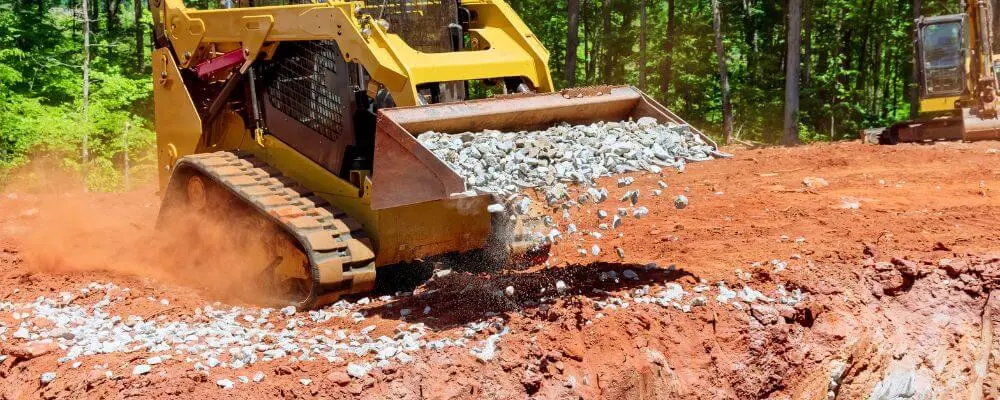
Underwater Excavation
Underwater excavation involves the removal of soil, sand, or rock formations from beneath the water surface. This type of excavation is vital for various marine-related projects, including bridge construction, offshore drilling, and underwater pipe installation. Underwater excavation techniques may vary depending on the water depth, visibility, and soil conditions. Specialized equipment, such as divers, dredgers, or remotely operated vehicles (ROVs), is often used to perform underwater excavation safely and efficiently.
Pit Excavation
Pit excavation involves the creation of large, open depressions or pits in the ground. This type of excavation is often associated with mining or quarrying activities, where valuable minerals or resources are extracted from the earth. Pit excavations may vary in size and depth depending on the mining method and the type of material being extracted. Specialized equipment, such as excavators, haul trucks, or crushers, is commonly used in pit excavations to remove and process the extracted materials.
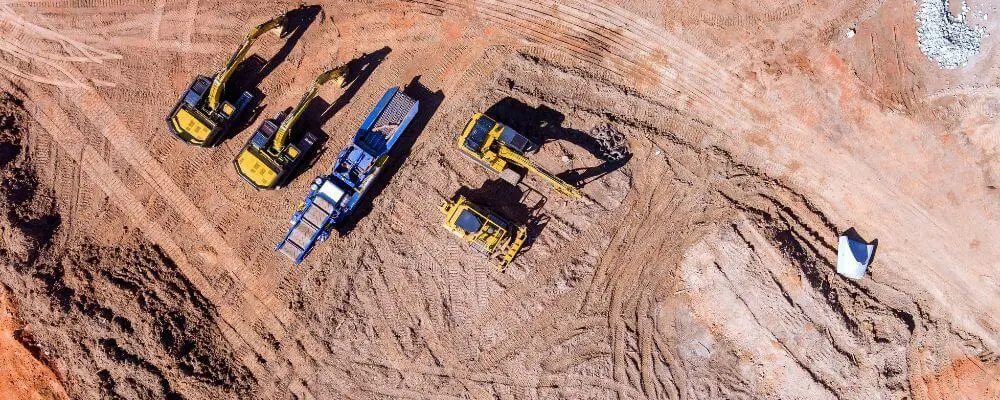
Borrow Excavation
Borrow excavation refers to the process of acquiring additional earth materials from a nearby site to use in construction projects. This type of excavation is often necessary when the project requires more soil, sand, or fill material than what is available at the construction site. Borrow excavation reduces the need for transporting materials over long distances, reducing project costs and environmental impact. The excavated materials are typically borrowed from designated areas with abundant resources and minimal ecological concerns.
In conclusion, the various types of excavation techniques serve specific purposes and are essential for a wide range of construction and civil engineering projects. From trench excavation for utility installations to rock excavation for tunneling, each method requires careful planning, suitable equipment, and skilled workers to ensure successful project execution. By understanding the different types of excavation and their applications, professionals in the field can make informed decisions and carry out excavation projects effectively and efficiently.
